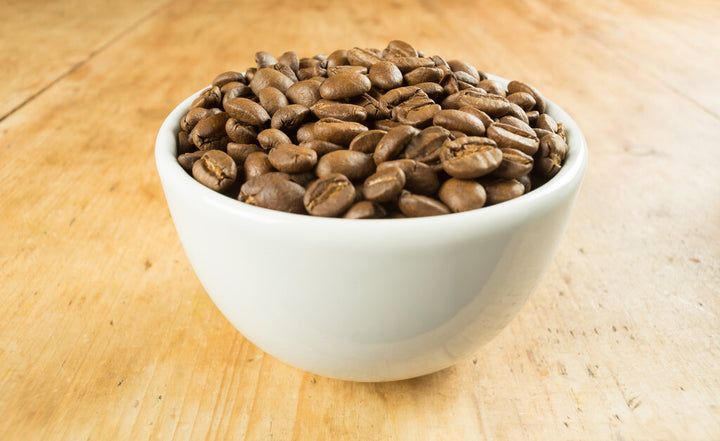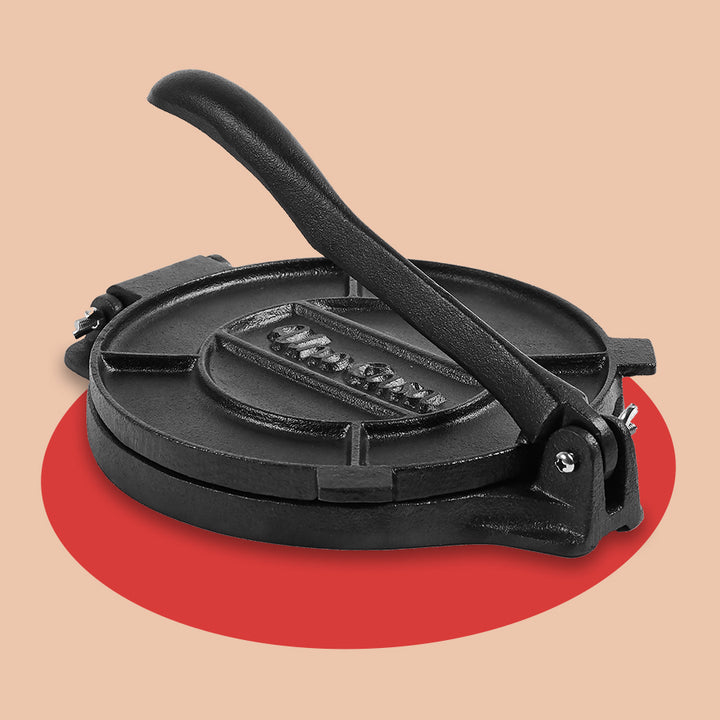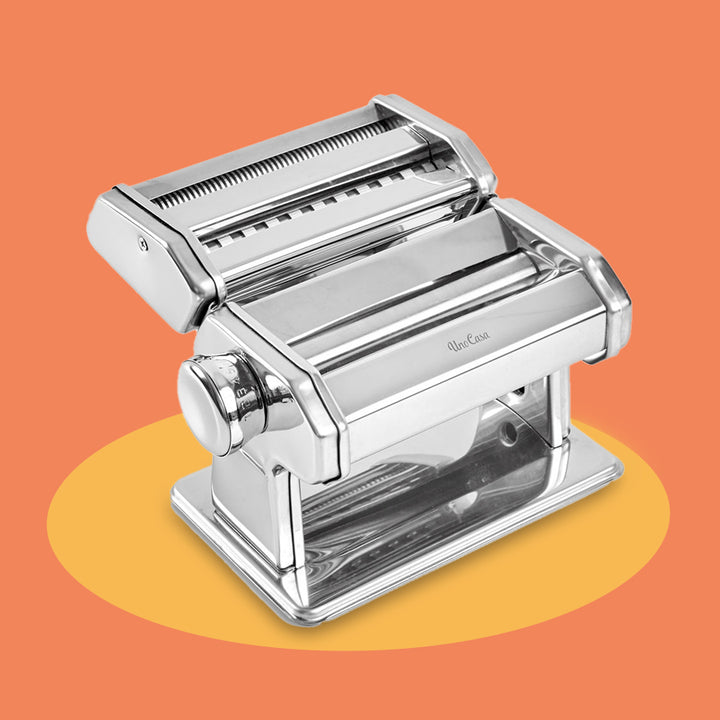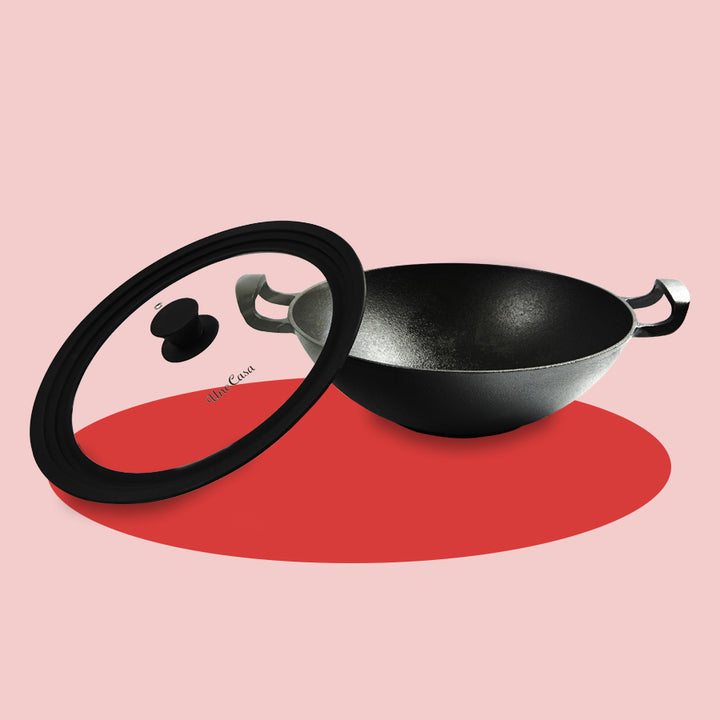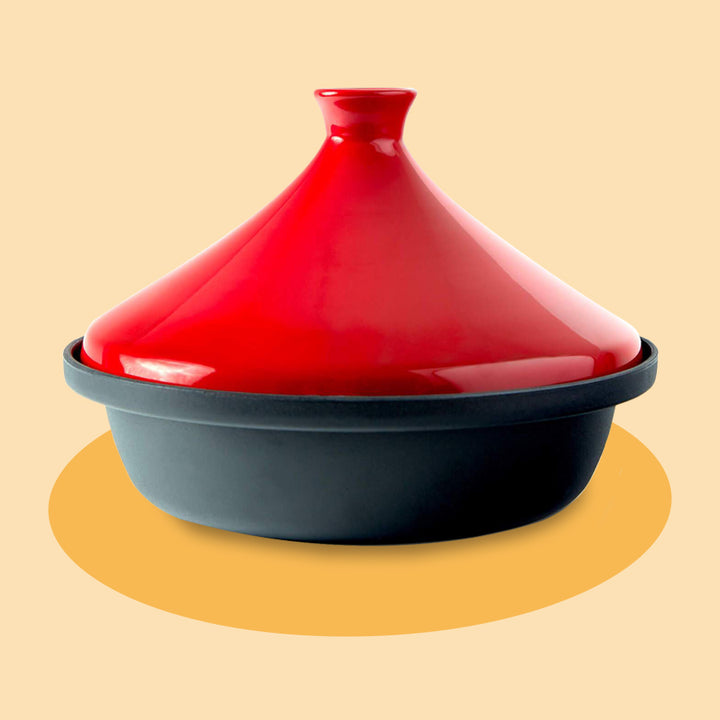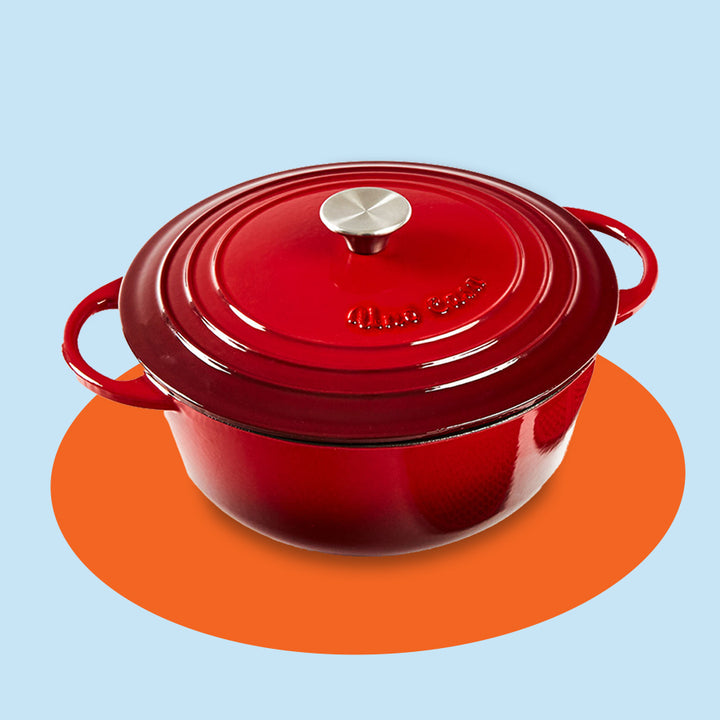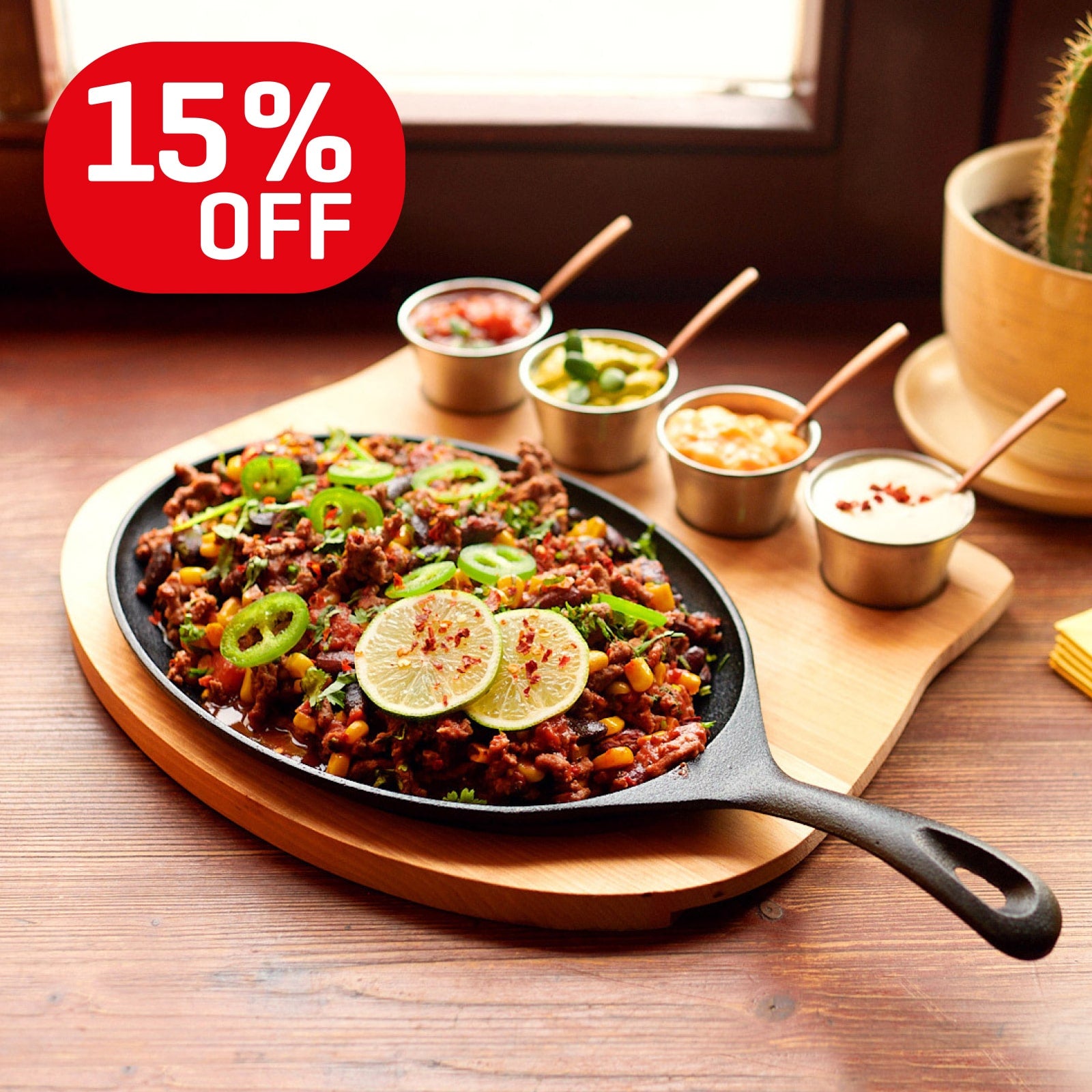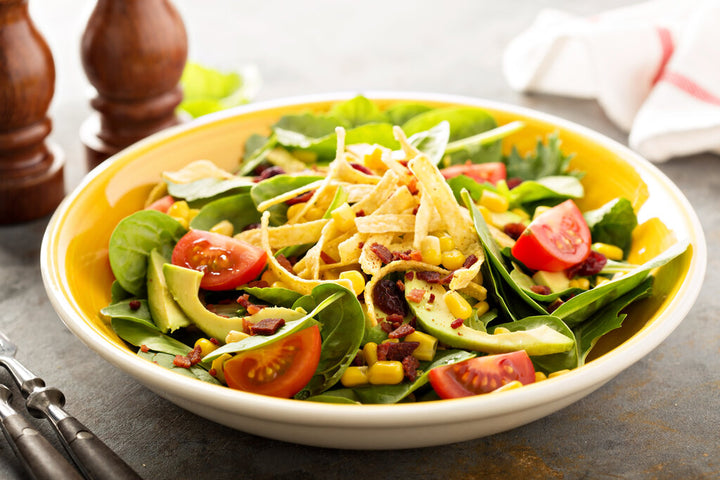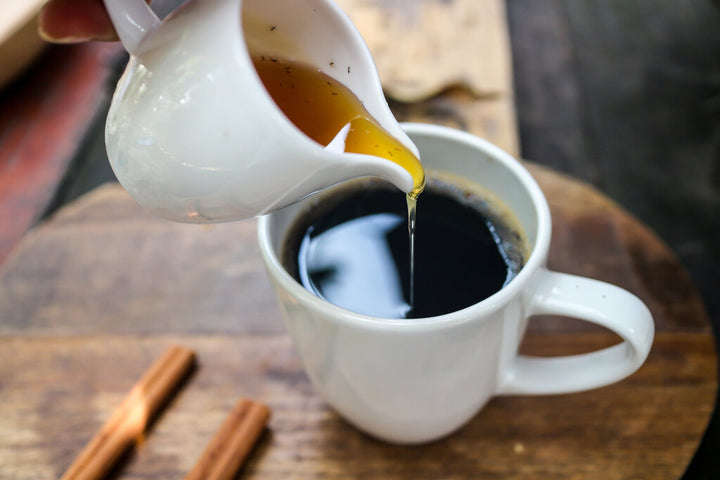Fresh Pasta vs Dried Pasta: The Ultimate Guide
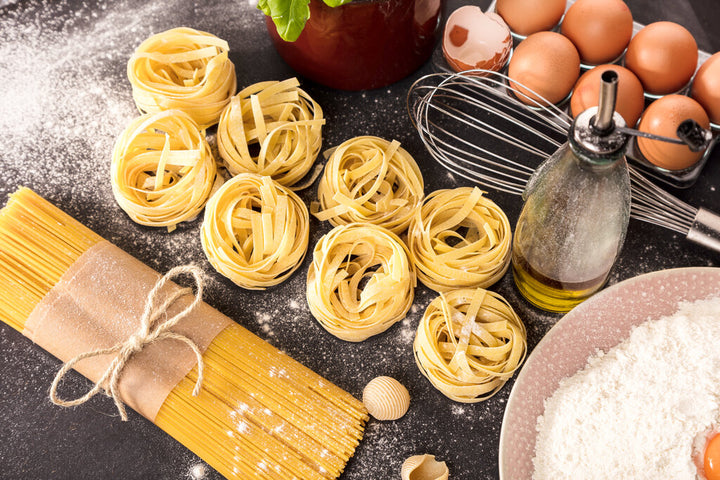
Fresh pasta vs dried pasta. It’s an age-old culinary conundrum that has chefs on either side battling it out for their winning pasta. But is there really a winner? Is homemade pasta better than store-bought pasta? Is fresh pasta better than dried pasta, or are there dishes where dried pasta reigns supreme?
We know that homemade pasta lovingly prepared using your pasta maker is always going to trump packaged pasta, but there are occasions when dried pasta is needed for the best cooking. Remember, though, that you can prepare homemade pasta and dry it out, too!
To get to the bottom of this pasta mystery, we asked our culinary experts: Fresh pasta or dried pasta; is one better than the other?
Pasta - what’s the fuss?
At its core, pasta is a simple item of food, comprising just a few staple ingredients that can be prepared and shaped in a variety of ways. But this simplicity has led to an enormous sub-culture of food, with hundreds if not thousands of different pasta dishes from all around the world.
Some of those dishes are recipes using fresh pasta, while others call for dried pasta. Both are similar, but both are made from slightly different ingredients.
What is pasta made of?
Fresh pasta is prepared from flour, egg, and water. A dough is prepared, and this is then kneaded and shaped into the pasta shapes we know and love.
Dried pasta, on the other hand, is made from semolina flour, salt, and water. There’s no egg in dried pasta recipes, which is why it can last for much, much longer than fresh pasta. Dried pasta is shaped in the same way as fresh pasta, but the resulting pasta is then dried out completely.
Of course, with an ever-evolving diet, humans are finding more and more creative ingredients to prepare pasta with. These days, you can also find lentil pasta, buckwheat pasta, and many, many more types of fresh and dry boxed pasta!
Dried pasta
Dried pasta ingredients differ slightly from fresh pasta ingredients. The main difference is the lack of egg in the recipe, which allows the dry pasta to last for months, if not years (if you’re wondering, does dry pasta go bad, then the answer is not quickly!).
The other difference is the flour. Dried pasta almost always uses semolina flour. Semolina is high in carbs, and so dried pasta offers more carbohydrates (and more energy, in this respect). This pasta has a number of different nutrients to its name, too, with the most important being a high quantity of fiber.
It has a much thicker, firmer consistency, even when it’s been cooked in boiling water. It can be cooked al dente, and it holds its shape much better than fresh pasta. It’s also easy to store in the long term, and it’s a very cost-effective cooking ingredient if purchased from the store.
Fresh pasta
Fresh pasta is always going to taste fresher and lighter than its counterpart, and when paired with fresh pasta sauces, it’s often unbeatable.
Fresh pasta lasts for 2 or 3 days once it’s been prepared and cut into shape. Traditionally, fresh pasta is prepared with egg, which shortens its lifespan considerably. The egg gives fresh pasta its unique taste, which many people prefer to dried pasta.
Fresh pasta can be frozen to ensure that it lasts longer, and it cooks well straight from the freezer without the need for defrosting. Fresh pasta is light, but it can easily fall apart if it’s overcooked. It’s much more delicate in this respect.
While dried pasta can take 10 minutes or more to soften up, fresh pasta cook time is as low as 2 or 3 minutes in boiling water. When cooking fresh pasta, you need to be careful not to overdo it!
The egg in the fresh pasta means that it’s higher in fat and cholesterol than dried pasta, although it’s lower in carbohydrates. Neither is necessarily ‘healthier’ than the other, as this depends on your particular diet.
Fresh pasta doesn’t keep anywhere near as long as the drier variety. It’s also seen as a fancier ingredient that warrants a higher price tag, while dried packaged pasta has been a cheap staple of households for decades.
You can often find fresh, frozen pasta in stores too. This is usually stuffed pasta, such as ravioli or tortellini, which cook quickly and cook well from frozen.
Of course, if you’re preparing your own homemade fresh pasta, you don’t need to worry about the price tag, and you can prepare as much as you want. If you make too much, and you’re wondering how to store fresh pasta, then don’t worry, because you can store it in the freezer for up to 3 months!
When to use dry pasta
Because of their different consistencies, textures, and tastes, different recipes and occasions call for the use of either dried or fresh pasta.
Dry pasta is much firmer than fresh pasta, so it’s best used in dishes that have a thick sauce when the pasta needs to be able to hold its shape well. For example, thick sauces like a ragu are best served with drier pasta, be it spaghetti or penne.
Dishes that require longer cooking times are also best when cooked with dried pasta. Macaroni cheese is the classic example, but many lasagnas that are slow baked in the oven often call for dried pasta sheets rather than fresh.
When to use fresh pasta
Fresh pasta is also best used for certain dishes. Because it’s lighter and more delicate, fresh pasta works particularly well with lighter sauces, such as Aglio olio or pesto.
Given the eggy taste of fresh pasta, it’s also perfectly paired with creamy, white sauces, such as a carbonara or seafood linguine. If you try to use fresh pasta with heavier sauces, such as a ragu, then it’s likely to disintegrate quickly.
Fresh pasta also works extremely well when it’s stuffed, and there’s nothing quite like a freshly prepared ravioli. Remember, though, when you’re learning how long to cook fresh pasta, never overdo it. Fresh pasta is delicious, but it’s delicate!
Fresh pasta vs dried pasta: which is better?
When it comes to the question of homemade pasta vs store-bought pasta, there’s no argument. Homemade pasta is always going to be fresher, healthier, and tastier than store-bought pasta. But when it comes to dry and fresh pasta, the answer is a little more complicated.
It’s all down to the dish you’re preparing and the sauce you’re cooking up. Drier pasta is stronger and sturdier, and it’s perfect for thick, saucy dishes such as lasagna and bolognese. Fresh pasta is lighter but softer, and it works best with creamy sauces and seafood!
Don’t forget, though, you can prepare your own fresh and dry pasta at home; so why not save our ultimate pasta guide for your next pasta making session?
Learn how to make your own delicious pasta at home - check out our FREE step-by-step guide:
Leave a comment
Comments will be approved before showing up.
Also in Tips
